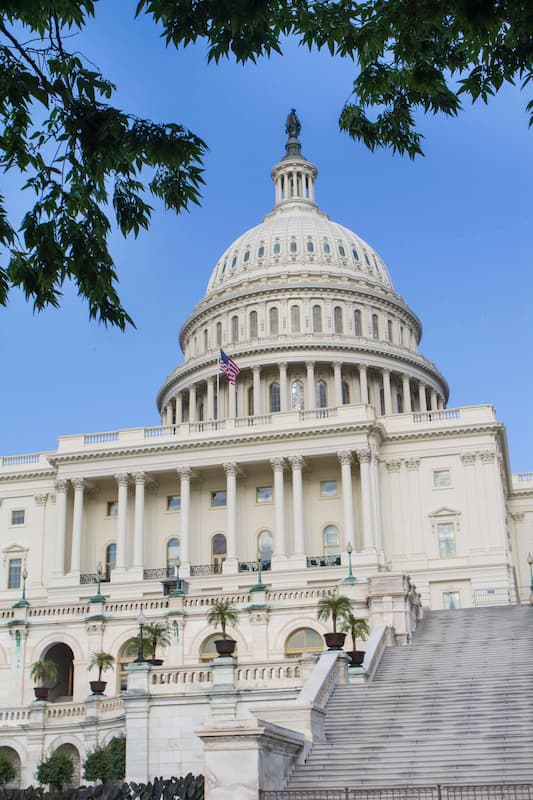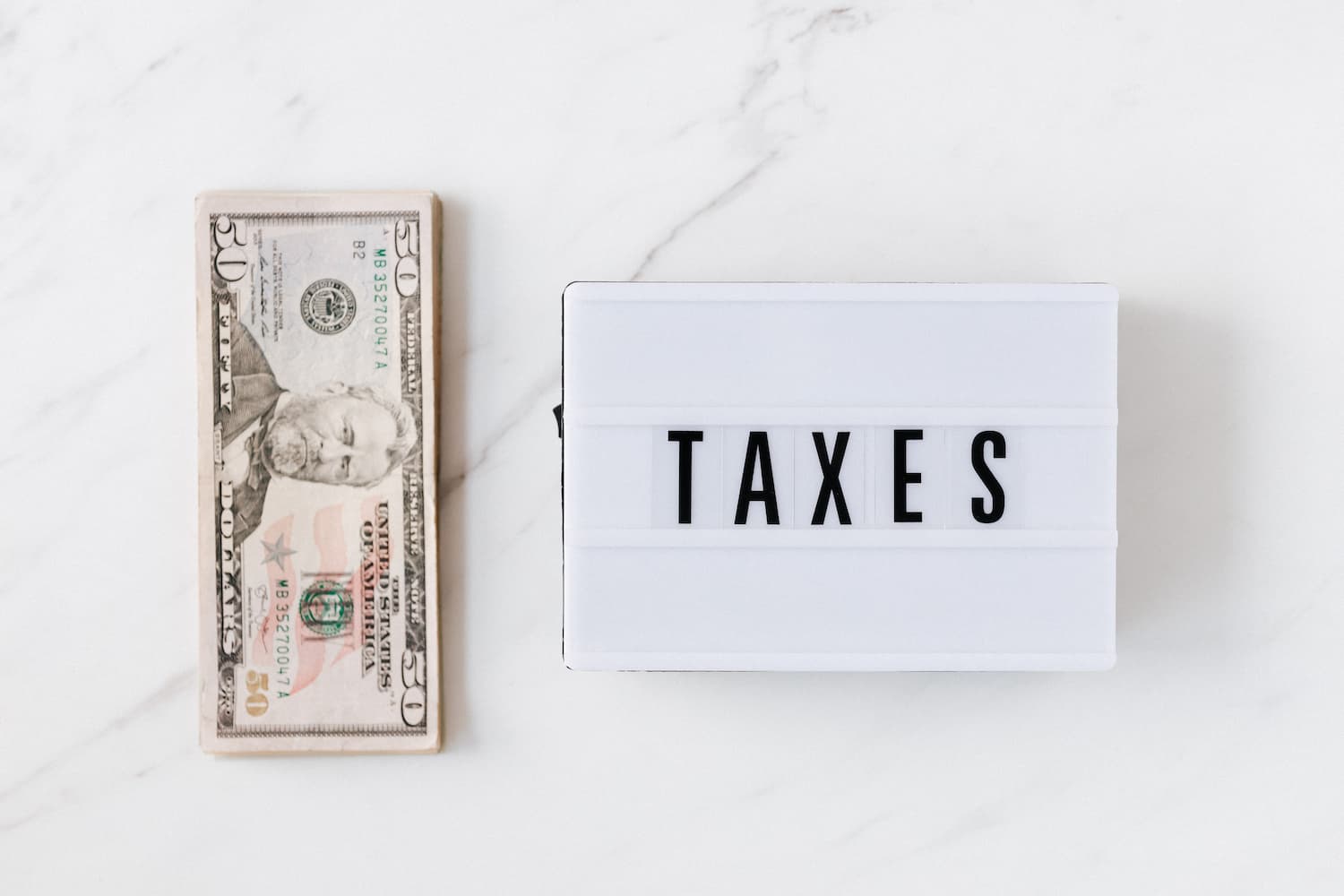As we are in the middle of tax planning, we wanted to make sure you have the latest information related to our position on tax planning if the Build Back Better Bill passes in its current form.
While the bill has many aspects to it, the two tax items that will potentially impact you are:
- 3.8% NIIT tax on trade or business income over $400,000, not previously subjected to self employment taxes and
- Raise the cap on the state and local income tax deduction to $80,000.
These two items, for most business owners, cancel each other out. To illustrate, the tax benefit of the SALT deduction is $24,000 for most businesses at the highest marginal tax rate. If you evaluate how much income would be required BEFORE you would owe more in taxes than the value of the deduction, the formula would be $400,000 + ($24,000 / .038) = $1,031,579 before there is any negative impact.
While we do believe that tax rates will likely increase in the future, which will change our opinion on accelerating depreciation and using a cash versus accrual method of accounting (and methods within them) to defer recognition of income until a future year, we also believe that the likelihood that we will see another rate increase beyond this prior to the November 2022 mid-term elections is low. Therefore, this is probably as “bad” as we are going to see. If, however, you don’t subscribe to this same opinion, then you should strongly consider recognizing as much income as you legally can this year, as it will probably not get any better anytime in the next three to five years.
Our same advice follows for C-Corporations for 2021 and 2022.
Below are some specific scenarios for you to evaluate whether to defer income or not via deprecation or your basis of accounting given this opinion. In general, our recommendation is that there isn’t a good reason to change anything vis-a-vis our advice from last year since rates look like they are going to be the same (based on above). You’re likely better off deferring tax if you can, so you will use the cash for further investment. If the cash is just going to go under your mattress, you might as well pay the tax because rates probably aren’t going to get much lower.
We hope this helps as you are thinking through year end planning.
Scenarios:
- If your income is above $1,031,579 (or thereabouts), you should consider not deferring any more than this level of income unless you can make an investment where the tax deferred can earn more than the tax rate increase. Instead, you might consider reversing some deferrals from prior years. For example, if you can defer $100,000 in taxes -- which would be $333,333 in income -- then the ‘tax’ consequence is $12,667. Therefore, your investment of the $100,000 in savings needs to yield greater than $12,667 to ‘be in the money.’
- If you were to hire a salesperson for that $100,000, and your net profit off $1 in sale is 25%, your $100,000 investment could yield $125,000 in profit (assuming that the sales person generates $500,000 in sales), you are absolutely ‘in the money.’
- If, instead, you took the $100,000 and put it in a savings account earning 1%, you are absolutely ‘not in the money’, and you should not defer even though the tax savings are earning money.
- If you are contemplating paying down debt, as long as the debt is around 19% or more, you are ‘in the money’ and should consider paying down the debt (possibly equipment leases or asset based financing might meet this level).
- If your investment / business ownership timeframe is measured in a decade or more - (e.g., you don’t plan on selling anytime soon, but would accept a ‘crazy offer’ if offered) then you probably shouldn’t worry too much about this subject, as tax rates will rise and fall in your window (decade or more), and you are better off focusing on pre-tax business growth.
All other proposals, like the increase in the capital gains tax and ordinary income tax rate increases have been shelved for the time being. Hope this helps!






